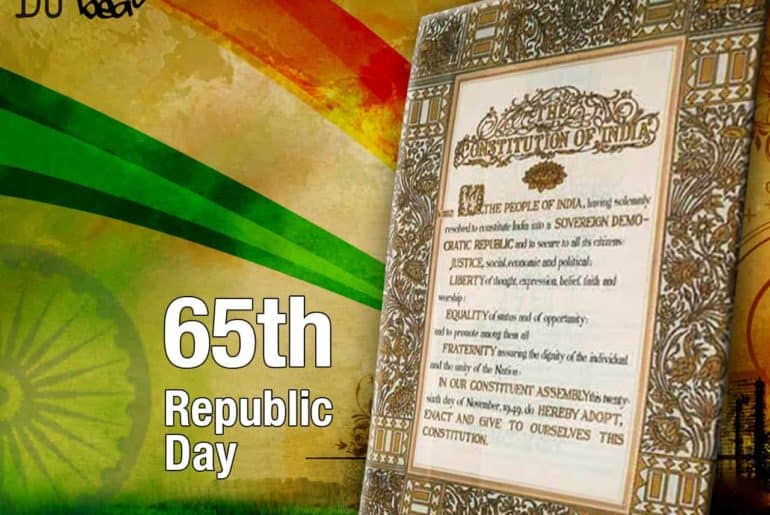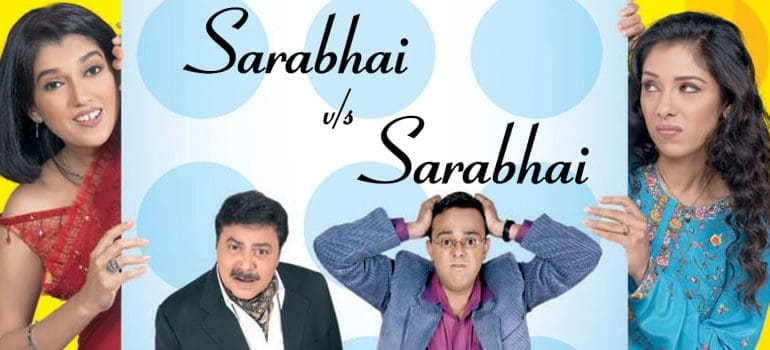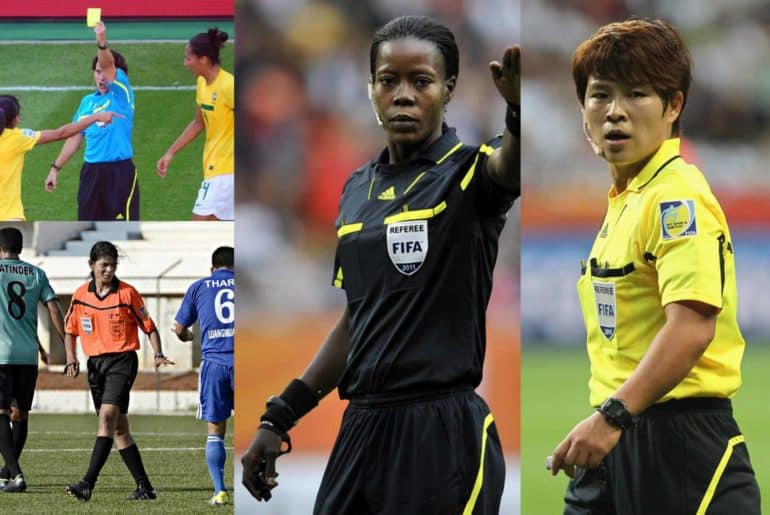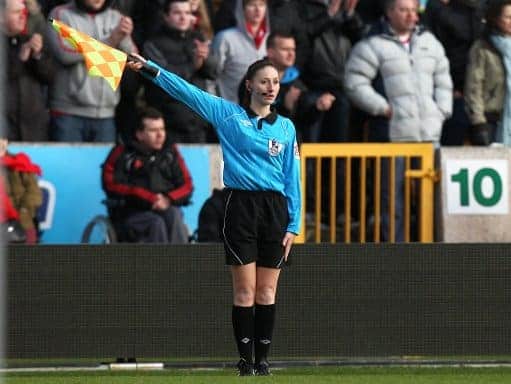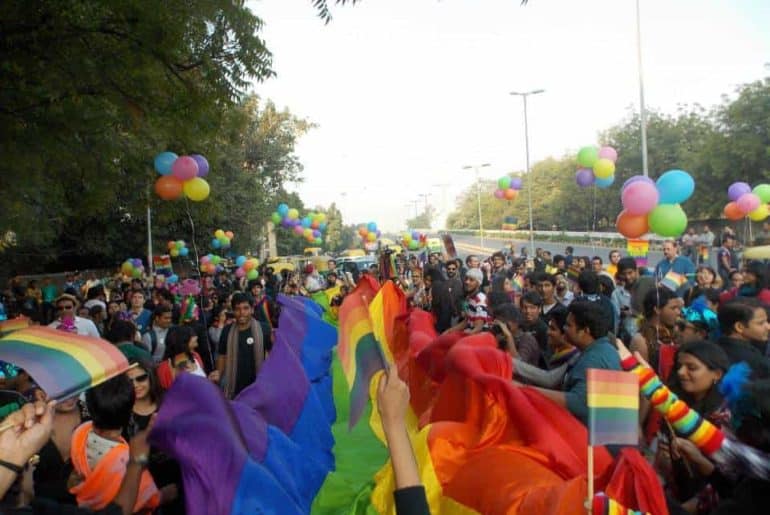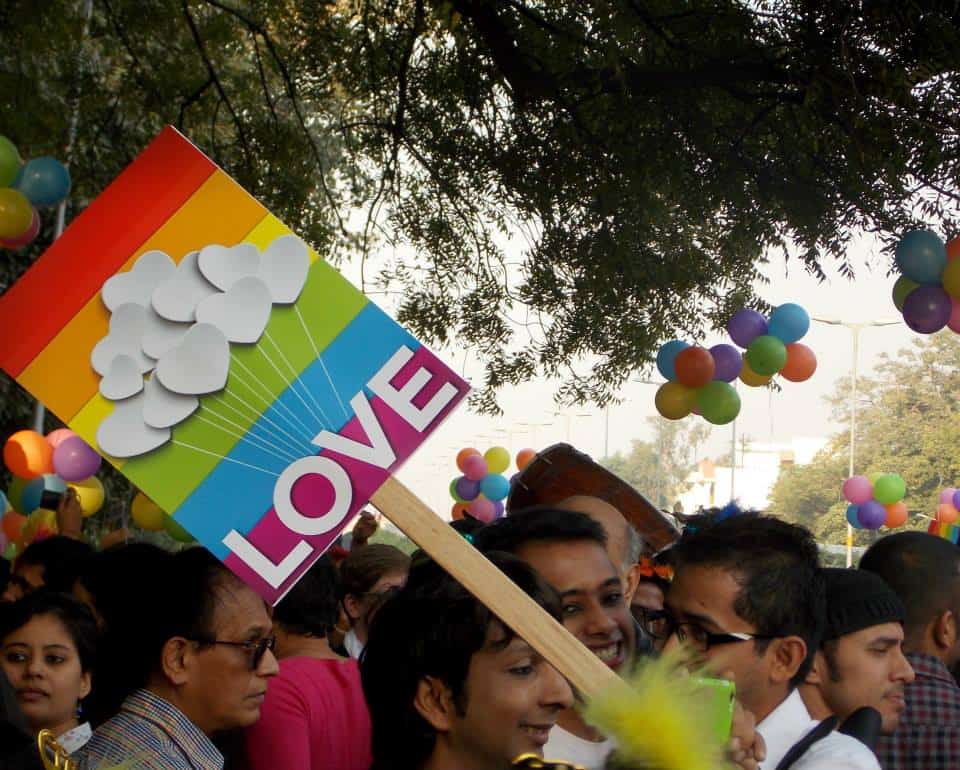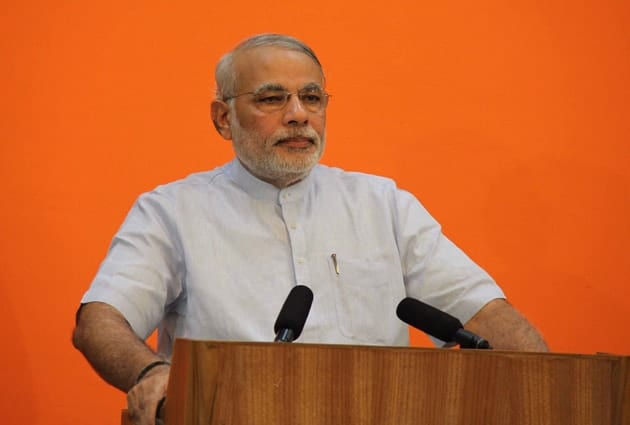India, from the days of yore has been an amalgamation of multitude of people belonging to different cultural backgrounds, religious sects, linguistic groups, aspirations and mindsets. Owing to this diversity, ‘Republic’ Day too, has always had different interpretations for individuals. While initially it marked the victory of Indian self governance over British Raj, the meaning widened dynamically. Today, it is the assertion of individual’s rights, the charter of guiding principles that shape Indian democracy.
However, the road of constitutional governance is full of potholes. Numerous provisions have been outdated and bills have been pending for years. The ones that have been passed (like the Lokpal Bill & Food Securities Bill) are meticulously designed to keep the actual culprits out of their ambit. Consequently, the bills that are supposed to be postulated into binding acts are either shelved or passed with complicated provisions, limited applicability.
A few of the famous bills that have been shelved are:-
- The Woman’s Reservation Bill (108th Amendment) – proposes to reserve 33 percent of seats for women in Lower House of Parliament and state legislative assemblies. As of now, Lok Sabha hasn’t voted on the bill.
- Whistle Blower’s Protection Bill, 2011 – was approved by Lok Sabha to protect whistle blowers and eliminate corruption in country’s bureaucracy. The bill is pending before Rajya Sabha.
- Insurance Law Amendment Bill, 2008 – seeks to increase the amount of foreign equity capital holding from 26% to 49%.
- The Education Tribunal Bill, 2010 – seeks to set up national and state level tribunals to look into disputes related to higher education institutions, students and faculty. The bill is stuck in Rajya Sabha due to lack of consensus between political parties.
Numerous other bills like Judicial Accountability Bill, Prohibition of Employment as Manual Scavengers Bill have not budged an inch for long.
With the Constitutional provisions (like Section 377) being subject to doubt and criticism, yet it continues to be the voice of visionaries even six decades hence. Parallel to this, there exists the era of judicial review and accountability, where in the constitution vests powers and autonomy in judiciary, safeguards interests of minorities, upholds the dignity of democracy and makes India a ‘sovereign, socialist, secular, democratic republic.’
Thus the Indian Constitution is supreme, indeed, the true hallmark of Indian democracy and Republic day continues to be the festival of the nation marked by parade, cultural presentations and patriotism. The amendments are of course slow but the trend is positive and progressive. Allow me to quote Jose N. Harris – ‘I may not be there yet, but I’m closer than I was yesterday.’
And lastly, Happy Republic Day, fellow Indian!

